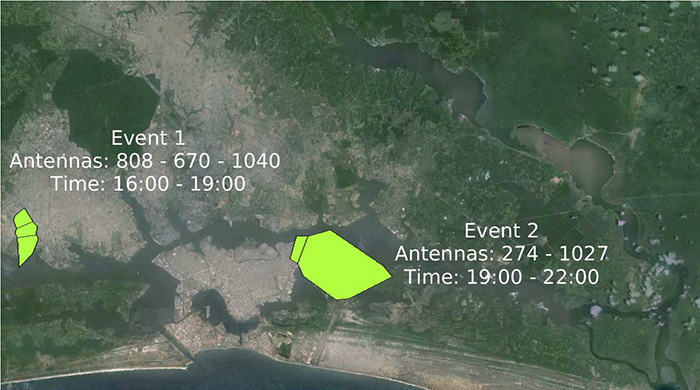Prediction of mass gatherings of citizens on the statistics of mobile calls

The omnipresence of mobile phones and the fact that metadata about public calls are readily available for processing in real time, give the authorities an opportunity to keep abreast of society, clearly monitor the situation and respond in advance, preventing potentially dangerous phenomena.
Scientists from IBM Research (Ireland) and the Interdisciplinary Center for Network Science and Applications at the University of Notre Dame (USA) in a published scientific work show that information from cellular networks can provide useful knowledge about the behavior of urban residents.
With the help of such a system, it is possible to optimize the public transport infrastructure, more correctly place public spaces, etc. Tracking population call statistics will significantly improve the lives of citizens. They will probably ask the authorities themselves not to hesitate to use such information in various municipal services.
')
Analysis and prediction of social behavior are performed using modern data mining algorithms. This software is ready to sell the same company IBM, which participated in the pilot tests.
For data mining, only call metadata is required, so-called Call Detail Records (CDR). They roughly record the user's location, time, etc.
In the aforementioned research paper, a methodology is presented on how to notice unusual events in CDR statistics. Moreover, the concept of predicting unusual mass events has been created, based on anomalies in CDR patterns at the same time in a large number of people.


Field tests in one of the big cities in Africa showed that the system recognizes unusual events an order of magnitude more accurately than any existing methods. For more simple work with the law enforcement system, a simple graphical interface has been created.
Source: https://habr.com/ru/post/374981/
All Articles